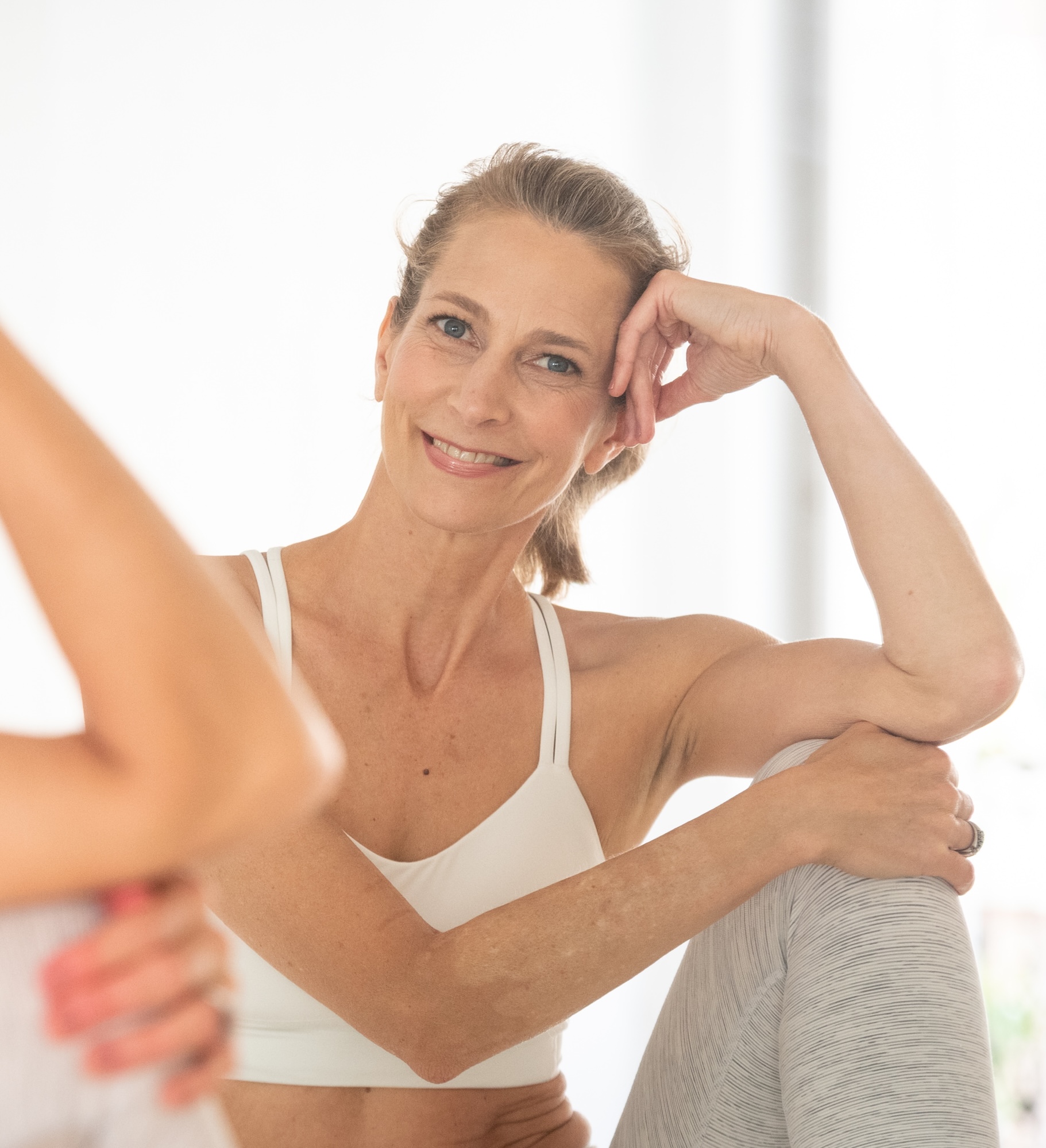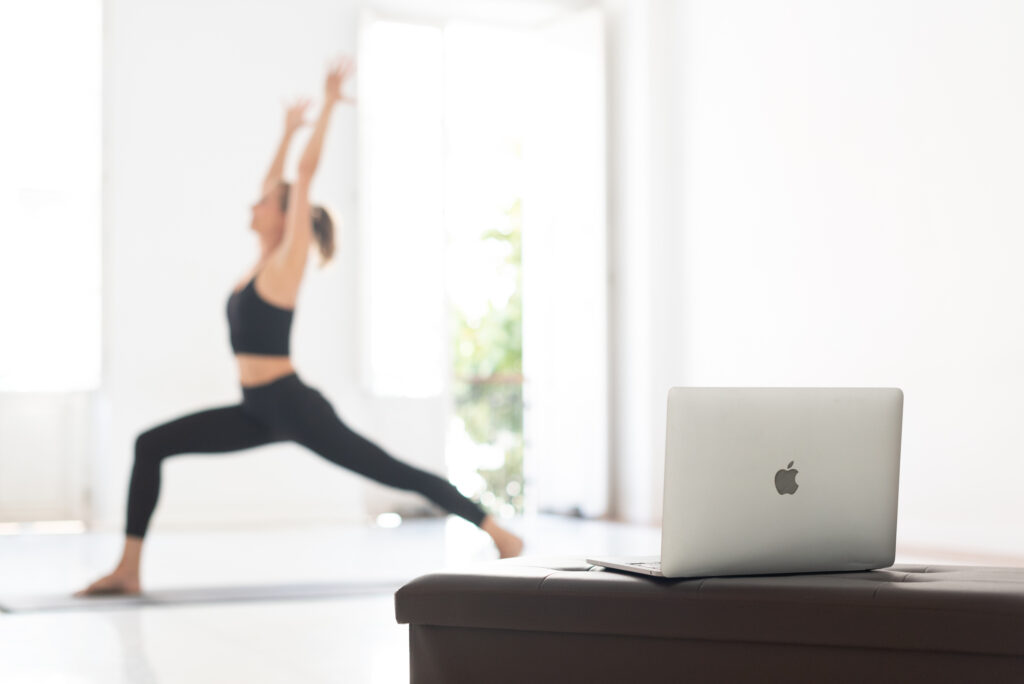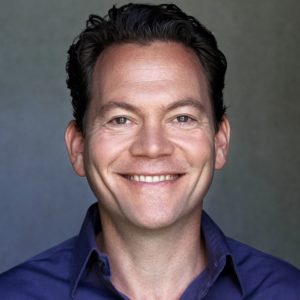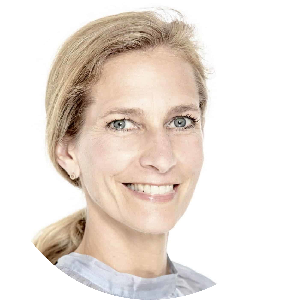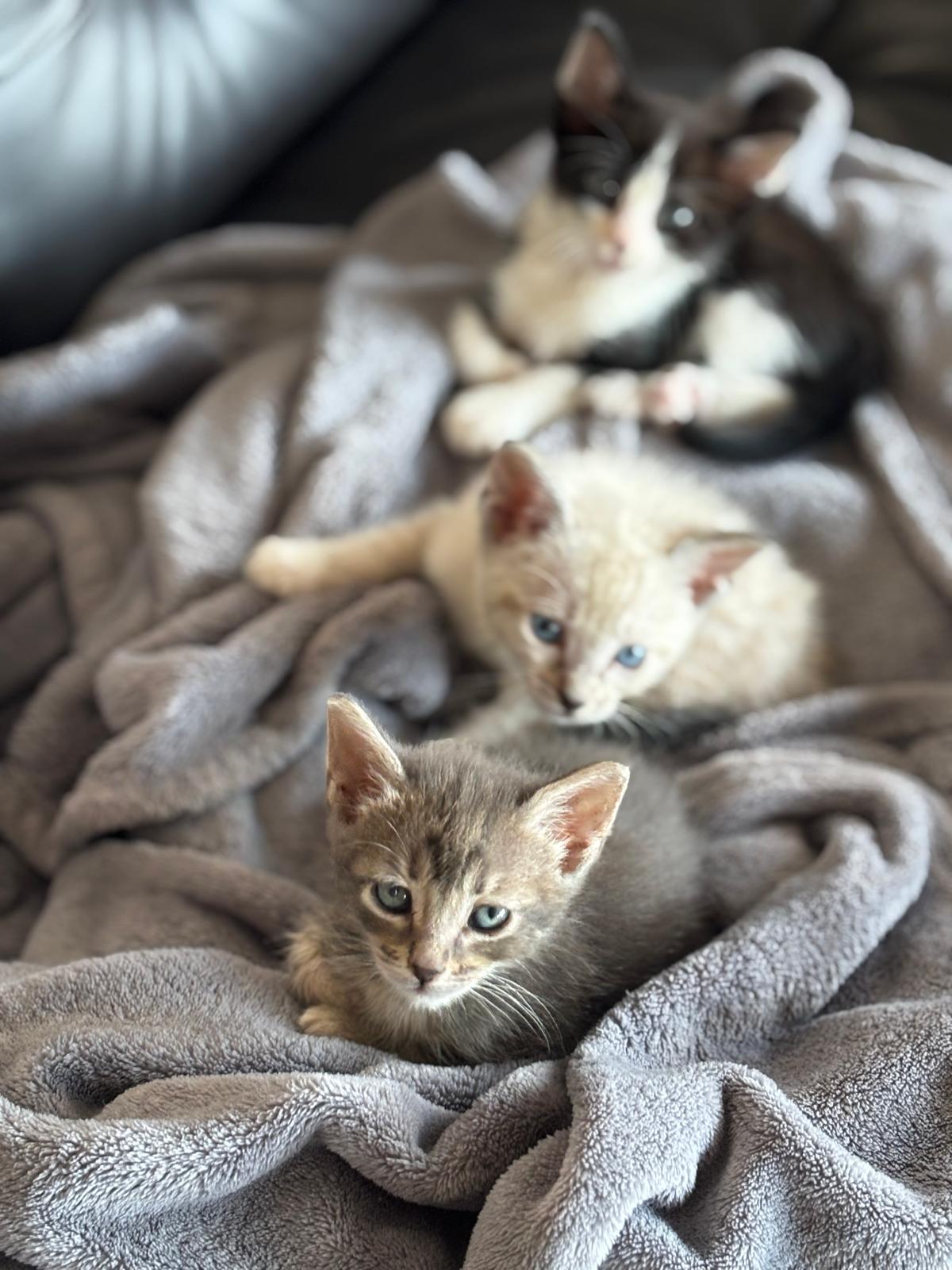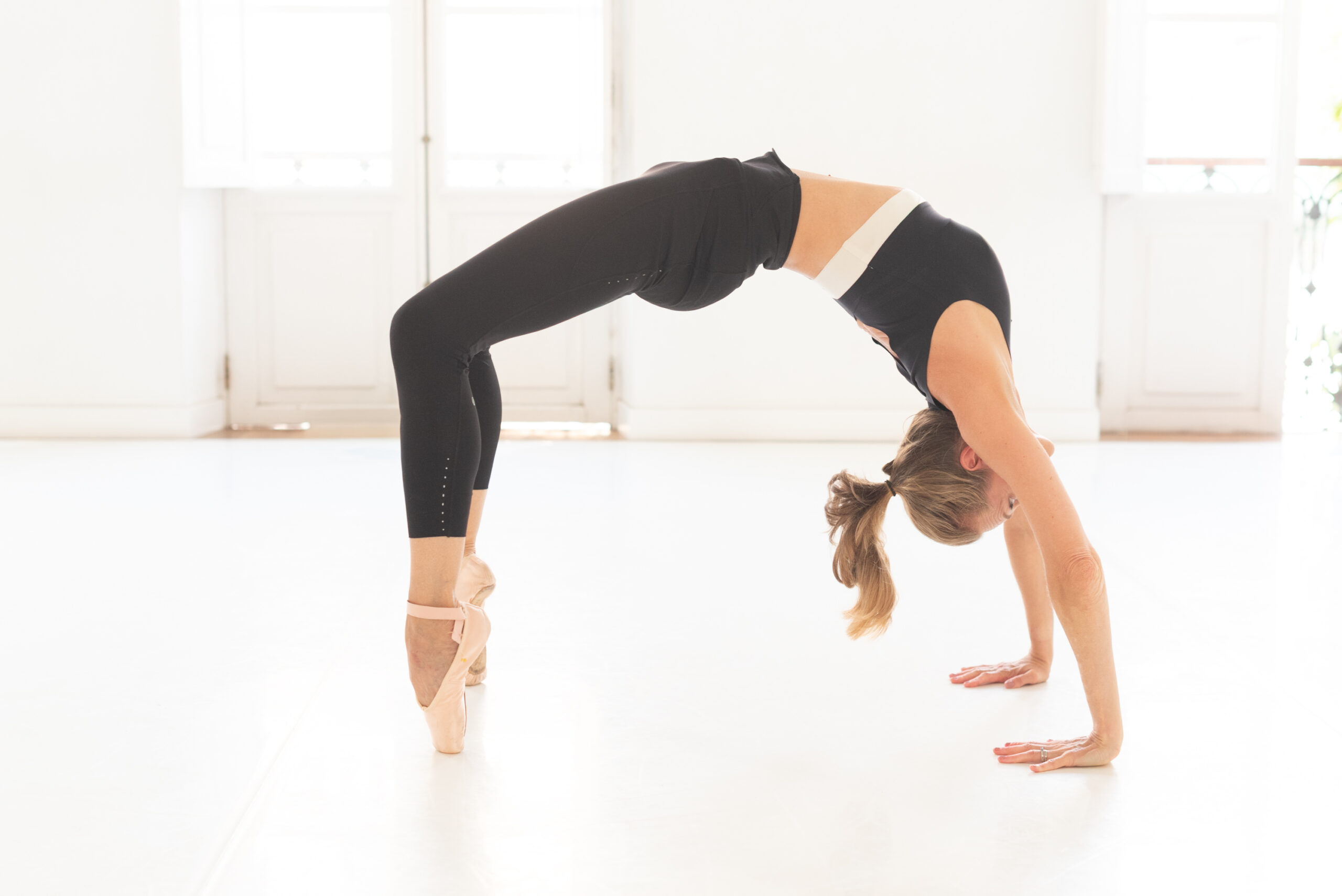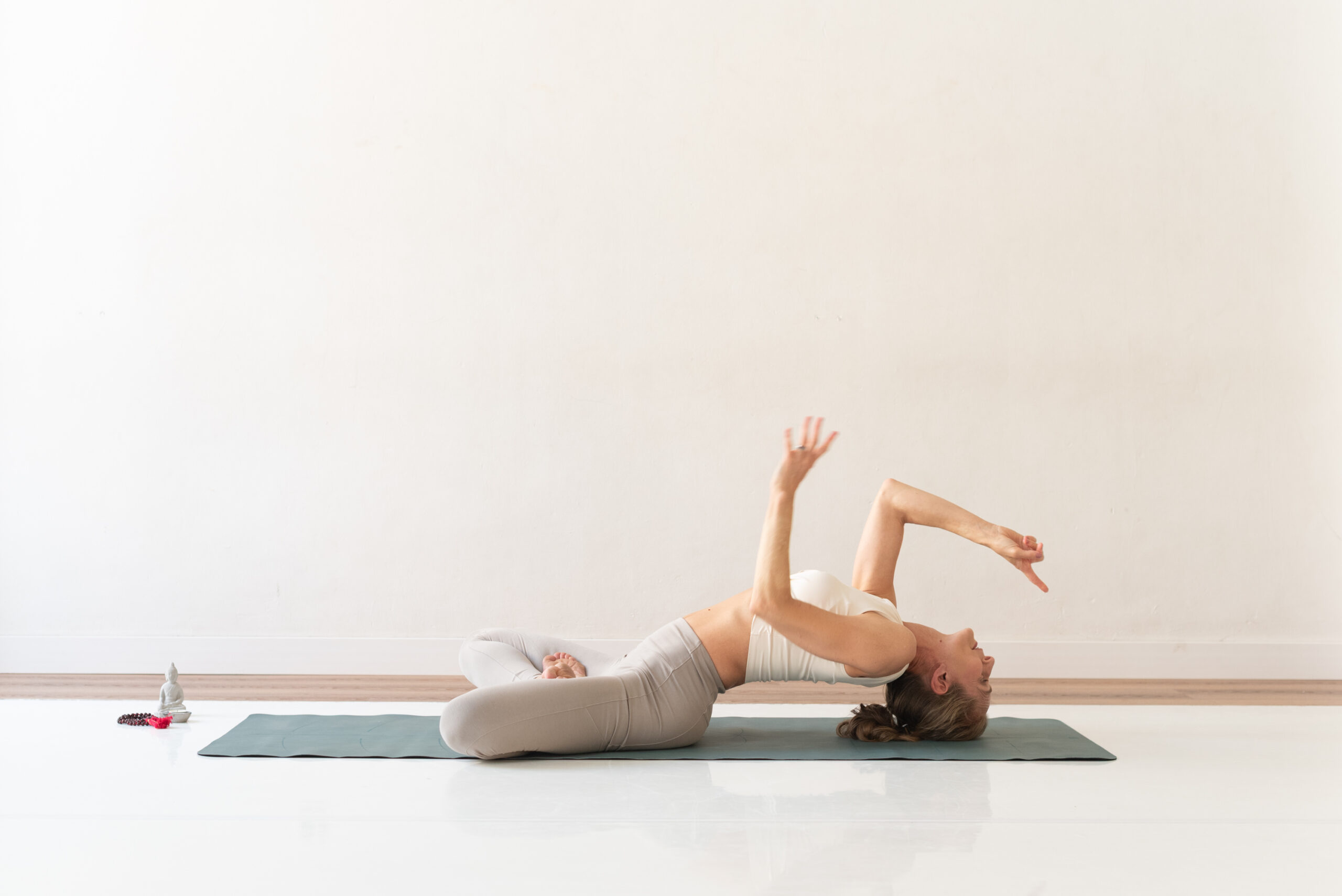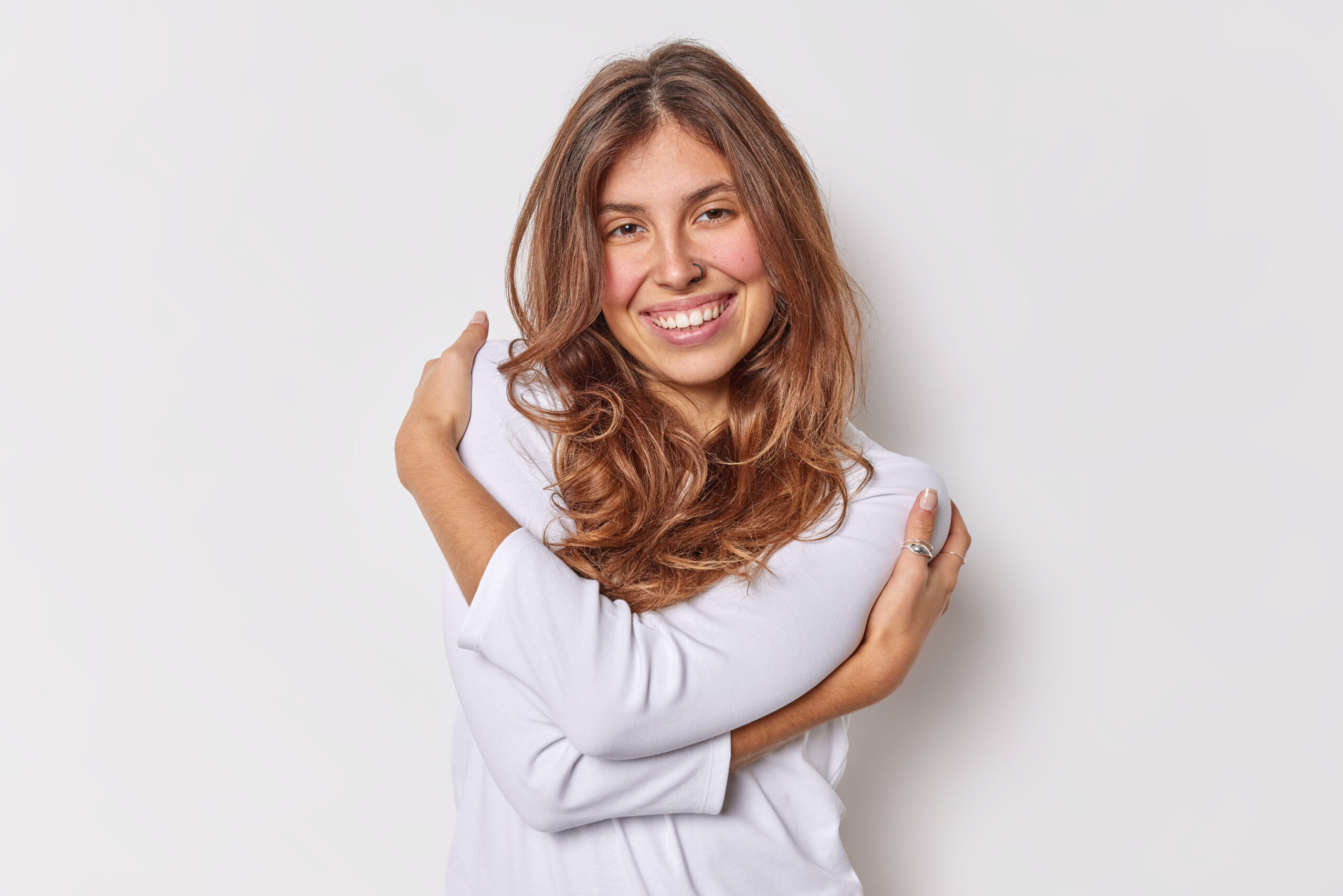How I Healed My Shoulder with Yoga, Breath, and Gentle Care
Sometimes, healing doesn’t come from pushing harder, but from slowing down, listening deeply, and adapting with love.
Last week, something unexpected happened: my right shoulder suddenly started to hurt without apparent reason. What followed was pain, exhaustion, and even a moment of faintness — and for a short while, I feared I might have to stop practicing and teaching yoga.
But instead, this became a journey of listening to my body, adapting my practice, and applying the tools I’ve lived and taught for decades. Within four days, my shoulder was almost fully healed.
Here is the full story.
Part 1 – When Pain Strikes Out of Nowhere
It began on a Friday morning. During yoga, I noticed my right shoulder was aching. At first, I thought, maybe I just slept badly. I skipped the push-ups and continued with my practice.
The next day, the pain had become much worse. I still practiced, but very carefully. I also pressed into a few points around the shoulder, remembering my bodywork training, and found them sore and tight. But as the day went on, the pain grew stronger and stronger.
By evening, I was in excruciating pain. Throbbing, relentless, no matter what I tried.
I used an anti-inflammatory pain cream, but that night I hardly slept — waking up every 15 minutes, constantly shifting to find a position where my hand and shoulder didn’t hurt.
By morning, I was completely drained. When I tried to get up, I almost fainted. I had to sit down immediately, feeling weak, nauseous, and dizzy. We had just gotten three little kittens, and I told myself I had to get up to feed them. I somehow staggered downstairs, only to be overcome with nausea again.
Suddenly, I was covered in cold sweat. My whole body felt like the blood had drained out of it. I had to lie down or I would have collapsed.
I called for help. When my soncame, he found me pale and shaking. He gave me water and helped me to the couch, where I lay completely out of it.
I had never experienced anything like this before.
Part 2 – My First Steps Back on the Mat
That day, I gave myself full permission to stop. No yoga, no movement. Just rest. My body needed recovery.
I also decided not to use the anti-inflammatory cream again. Something in me felt that my faintness was connected to it. Instead, I remembered something natural and simple: Pasta Cool, a paste I had once received from a doctor. It’s made of Tonerde (clay), vinegar, and other basic ingredients — and it works like a small miracle.
I spread the paste on my shoulder, wrapped it carefully, and also added a LifeWave patch.
The next morning, I woke up and the pain had softened. The throbbing was gone. I stepped onto the mat again — gently, cautiously — but I could hardly lift my arm and couldn’t put any weight on it.
So I created a completely new version of Sun Salutations, finding movements that worked for me:
• Instead of plank, I did side plank.
• Instead of chaturanga, I lowered to my knees and elbows.
• Instead of cobra, I chose sphinx pose.
• In child’s pose, I bent my right elbow to release pressure.
• In down dog, I lifted my injured hand and placed it on my left ankle — a kind of three-legged down dog.
• In low lunge, I avoided pressing my right hand to the ground and instead lifted it up. When reaching overhead, I only used my left arm, keeping my right hand gently at my heart.
In this way, I completed twelve sun salutations.
They were not elegant, but they were deeply healing. It was amazing to feel how my body guided me — showing clearly what was possible and what was not.
Part 3 – Breathing Light into the Pain
The next day, I felt much better overall, though I still couldn’t lift heavy objects, and even driving was painful when shifting gears. To my surprise, the most difficult movements were the small circular ones — like putting cream on my face or washing dishes. So I simply didn’t do them, and used my other hand instead.
That day, I applied Pasta Cool three times — morning, afternoon, and evening. I also took care not to sleep on my shoulder, always supporting it with pillows.
That evening, I added something new: a healing breathing meditation.
I sat quietly and visualized breathing into the painful, tight area — bringing light, healing, and relaxation with every inhale. With every exhale, I imagined releasing pain, inflammation, and stuck energy.
As I practiced, emotions arose — frustration, sadness. Instead of resisting them, I kept breathing love, joy, and the message: “All is good. I take care of you.”
Before sleep, I placed my left hand on my shoulder and gave it Reiki, the Japanese healing method I’ve practiced for over 30 years.
The next morning, I woke with hardly any pain. I could get dressed, lift objects again, and return to yoga in a fuller way:
• I could hold plank again, lowering myself by rolling slightly to the side.
• I stayed with sphinx instead of cobra.
• I managed down dog with both hands on the floor, just without pushing too strongly back.
• In low lunge, I placed my hand on the ground again.
• And in Tadasana, I could lift both arms overhead.
This was just two days after almost fainting from pain. I was amazed and deeply grateful.
Part 4 – Gentle Persistence and Full Recovery
In the following days, I continued this rhythm: applying Pasta Cool once or twice daily, being mindful on the mat, and giving more time to pranayama, meditation, and relaxation.
By the fourth day after being unable to move at all, my shoulder had its full range of motion back. I could even sleep on my right side again. Only a few stretches didn’t feel completely right yet.
Once the pain had calmed, I added trigger point therapy. Using almond oil, I massaged my neck and shoulder, pressing into the knots and tight points with my fingers. My body had settled enough that I could do this without aggravating the pain.
Slowly, I felt the stored tension melt away.
Now, one week later, I am writing this with full gratitude. From almost fainting and fearing I’d have to stop teaching, to practicing and teaching yoga again with strength and presence.
🪷 My Recovery Steps — What Helped Me Most
Here’s what supported me in moving from severe shoulder pain to recovery in just a few days:
1. Rest and Pause – On the worst day, I did not practice yoga. I listened to my body and allowed full rest.
2. Avoid Aggravating Creams – I stopped using anti-inflammatory pain cream when I noticed it made me feel worse.
3. Natural Support – I applied Pasta Cool (made from Tonerde and vinegar) daily to reduce inflammation.
4. Gentle Yoga Adaptations – I didn’t stop practicing, but adjusted Sun Salutations and poses so they supported healing.
5. Breathing Meditation – I visualized light flowing into the shoulder on the inhale and pain leaving on the exhale.
6. Emotional Release – I allowed feelings of frustration and sadness to surface, sending the area compassion instead of anger.
7. Reiki & Healing-Touch – I gave my shoulder Reiki and supportive touch before sleep.
8. Trigger Point Massage – Once the pain subsided, I massaged the area with almond oil to release deeper tension.
9. Gentleness & Awareness – More than anything, I practiced moving slowly, adapting with mindfulness, and treating my body with love.
🪷 What I Learned — and What You Can Apply Too
• Don’t ignore pain. Stop and rest when your body asks you to.
• Adapt instead of stopping completely. Sometimes the body needs movement, just in a different form.
• Breathe into the pain. Visualization and breath can shift both physical tension and emotional stress.
• Emotions live in the body. Allow frustration or sadness to arise and move through — they are part of healing.
• Gentleness is powerful. Awareness and self-compassion are often the strongest medicines.
👉 Important note: This is my personal experience and what worked for me. If you ever experience severe pain, faintness, or if symptoms persist, please consult a doctor or a specialist for your condition. Self-care is powerful — but professional support is sometimes necessary.
🪷 What This Experience Taught Me
The best medicine wasn’t any single method. It was awareness, mindfulness, and gentleness.
• I didn’t stop practicing.
• I didn’t stop moving.
• I adapted. I listened. I cared.
Instead of being upset with my body, I treated it with love.
Of course, if the pain had not improved, I would have gone to see a professional. But this time, I could be my own healer — practicing what I teach and experiencing the tools of yoga, Ayurveda, Reiki, and bodywork in my own body.
And it worked.
I am filled with deep wonder at the body’s healing power. When we trust ourselves, meet pain with kindness, and adapt instead of resisting, healing often comes faster than we expect. And in that process, we discover not only recovery — but also a new level of intimacy with ourselves.
🪷 A Final Word on Pain, Practice & Trusting the Body
This whole experience reminded me of something essential:
healing is rarely about finding the perfect technique or the fastest fix.
It’s about creating a space of gentleness, awareness, and trust inside ourselves — even when we’re hurting.
If you’re moving through pain, injury, or exhaustion, may my story serve as a reminder that you don’t always have to stop completely. Sometimes it’s enough to slow down, listen, adapt, and meet your body with love.
We can practice yoga not as a performance, but as a living dialogue with our body’s wisdom. And when we do, even pain becomes a teacher, guiding us toward deeper self-connection and resilience.
💛 If you’ve ever had to adapt your yoga or self-care practice because of pain or injury, I’d love to hear your reflections. Share them in the comments below — your story might be the inspiration someone else needs.
With gratitude,
Verena Gayatri Primus

Free Holistic Health Starter Kit!
5 Holistic Health Practices: The Secret to Staying Mentally Strong
& Emotionally Grounded
Kickstart your Ayurveda-Yogi Journey with this FREE Holistic Health Toolkit. It’ll will help you prioritize self-car and finally stick to it!

